コラム
落合憲弘
John Sypal
タカザワケンジ
なぎら健壱

From the window of an airplane descending to Haneda airport Tokyo appears as an impenetrable, dense urban maze that sprawls out in all directions to the horizon.
Its vastness can be overwhelming at first, but one quickly realizes that the megalopolis is comprised of countless tiny communities, each a piece to a grand, ever-changing puzzle. Its street corners, buildings, and the lives within have long been fodder for photographers. If we consider photos of Tokyo with definite settings and characters -think, Kineo Kuwabara’s snapshots or Nobuyoshi Araki’s Tokyo Story- as poems or chapters of novels, the photos of Michio Yamauchi are, rather than paragraphs, something closer to scrawled words and letters plucked from scraps of paper on the sidewalk. These shreds, seen through the magnifying glass of his Nikon, comprise his 2008 book Tokyo Up Close.
The book begins with a couple of close-up pictures: an overflowing ashtray followed by a gutter drainage grate, both shown larger than life in grainy Tri-X. Dirt and grime set the stage of the city’s details, but next the camera pulls back for the third shot- that of a crowded city street. While the sense of space is extended, the picture’s density keeps things near.
Now, this book isn’t a study on urban textures or examples of macro lens magic. While a weaker book (or photographer) would focus on literal Small Things in a Big City, or utilize a macro lens to reduce objects to graphic elements, Yamauchi’s interest is in his reactions to the density and flow of the city’s streets. And this it suggests well. The book’s tempo echoes the sort of shifting flow of attention one’s eyes have when walking down the sidewalk: those moments of strangers passing, an odd shadow here, glowering men there, a mesmerizing half-glance of a woman, a pair of broken sunglasses in the gutter. Signs, cats, crows and concrete- the sunlit backs of pedestrians a few steps ahead. Rather than grapple with the city’s enormity, Yamauchi finds his world between two meters and the close-focus edge of his lens.
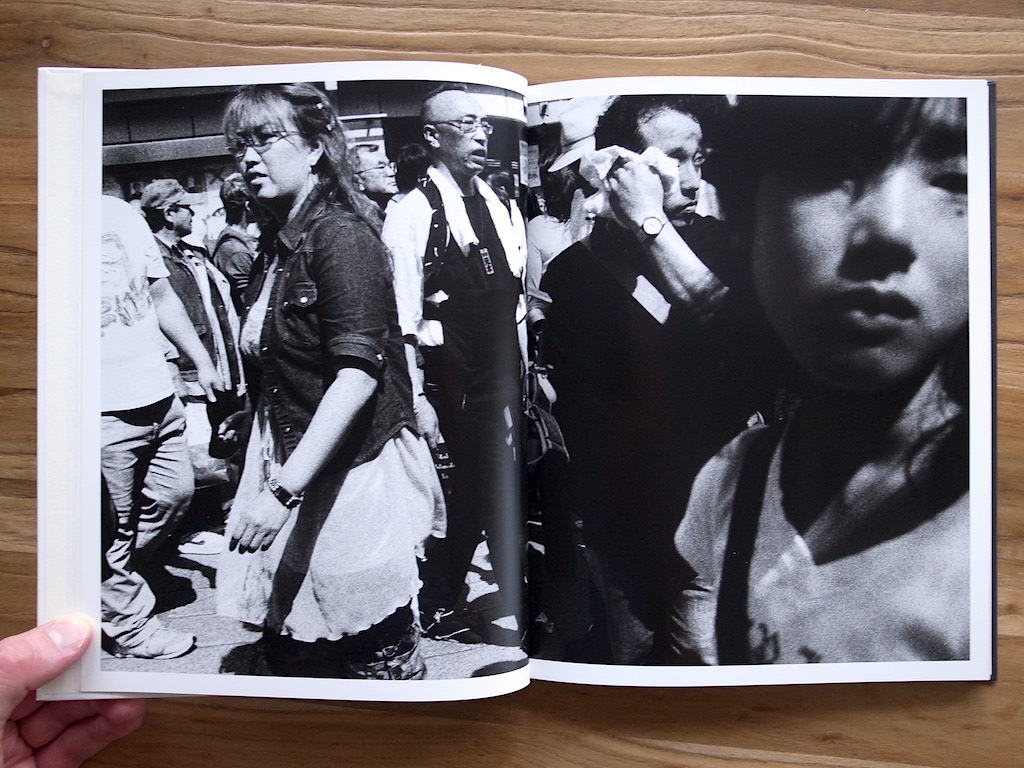
First-time viewers of Yamauchi’s photos will probably wonder how he could get so close his camera, or perhaps assume that he merely shot “blind”, holding his Nikon to his chest or at his waist. As a matter of fact, I once had the chance to see him at work. In 2010 I was photographing a festival with my mentor, Mitsugu Ohnishi. We were on a side street near Monzen-nakacho station where a crowd of children and their parents had gathered near a kamishibai street performer (a traditional picture-card storyteller). Ohnishi noticed Yamauchi, who was also taking pictures that day, and the two friends began to chat. While they caught up, I stood to the side, watching the performer. I looked back to see that Yamauchi had disappeared. Where did he go? My eyes darted around the crowd. A few seconds I finally spotted him- he was squatting down amongst the group of children, snapping away at their eyelevel. He was working intensely- his thumb was a blur, advancing frame after frame. The kids seemed unfazed- as did their parents. And yet… how can I describe it? He has the photographic gift of invisibility- he can get in the thick of it with his camera at his eye without anyone either noticing or caring. Aside from decades of experience, this ability isn’t something you can teach or learn. I’ve since run into Yamauchi on the street several times since- he appears out of nowhere, still shooting so fast it’s hard to believe that he’s actually taking photos. The camera is a part of him.
Speaking of his camera, I took a snap of Yamauchi’s Nikon FM3a that August day in 2010. To this date his is the only camera I’ve ever seen that’s had its leather covering worn through by its owner’s fingers.

Tokyo Up Close was published by Rat Hole Gallery in 2008. Affiliated with the Hysteric Glamor fashion brand, Rat Hole was a gallery and publisher which through its 2006-2020 run continually produced photobook masterpieces. The photography world in Tokyo was richer for their dedication and support and it’s sorely missed.
I guess the only “good” thing about Rat Hole’s closing is that heaps of their deadstock photobooks have been pulled from storage and hit the Tokyo market at heavily discounted prices. You’d think that high-quality, fascinating photobooks would only go up in value- but you can find their publications in new condition for much less than when the gallery was open. (I bought my copy of this book at So Books for almost half what it went for new.)
This A4 sized hardcover book is slim yet satisfying, and with its crisp, hard printing style reminiscent of graded photo paper, Tokyo Up Close is a fine companion to Yamauchi’s many other black and white books of the city. The slipcase itself is a work of art- Yamauchi’s statement, printed in a flourished font is embossed across the page in a haphazard cascade. Over it are what at first look like random scratches- further inspection reveals that each line is an extended element of letters in his text. The effect echoes the sorts of scratches and wear you find on utility poles and worn signage. Like the city itself, it’s a mess from a distance but, with proper observation, meanings can be found.
Admittedly I can’t make out the entirety of his words- but the last four lines ring loud and clear:
I believe that 99% of them (my photographs) are pretty much equivalent to garbage.
It’s the remaining 1% that intrigues me and causes me to wonder at my reaction to those instances of reality.
And then another person, looking at photographs I’ve taken in response to arbitrary reactions, reacts too.
Other people are able to feel my reactions—that’s even more intriguing.

羽田空港に降り立つ飛行機や高層ビルの窓から見る東京は、四方八方にどこまでも広がる、入り込めないほど密集した都市の迷路のように見えます。最初はその広大さに圧倒されるものの、すぐにこの巨大都市が無数の小さなコミュニティで構成され、それぞれが変化し続けるパズルのピースであることに気づくでしょう。
街角、建物、そしてそこにいる人間は、昔から写真家の関心を集めてきました。桑原甲子雄さんのスナップ写真や荒木経惟さんの『東京物語』など、設定や登場人物が明確な東京の写真を"詩"や"小説の一章"と考えるならば、山内道雄さんの写真は"段落"というより、歩道に落ちている紙切れから抜き取った落書きのようなものです。彼のレンズを通して見たこれらの「切れ端」が、2008年刊行の写真集『TOKYO UP CLOSE』を構成しています。
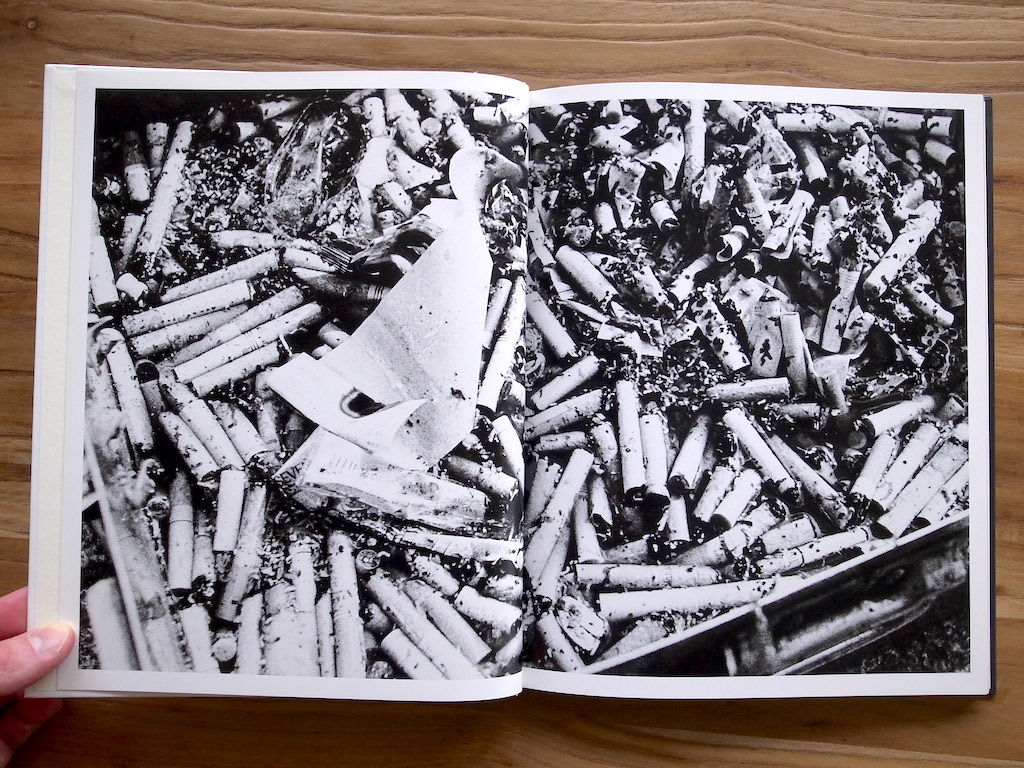
この写真集は、クローズアップされた写真から始まります。1枚目の溢れた灰皿の次は側溝の排水溝。 汚れと垢が街のディテールを作り上げますが、3枚目、カメラは混雑した街の通りを撮影するために後退しています。写真的に空間は広がっていますが、道の密度から物事を近くに感じられるのが不思議です。
この作品は、都市のテクスチャーの研究でも、マクロレンズの魔法という簡単なテーマの写真集でもありません。大都会の中の小さなものに焦点を当てたり、対象物をグラフィックな要素に還元しているわけでもありません。山内さんの興味は、街の密度や流れに対する彼自身の反応なのだと思います。
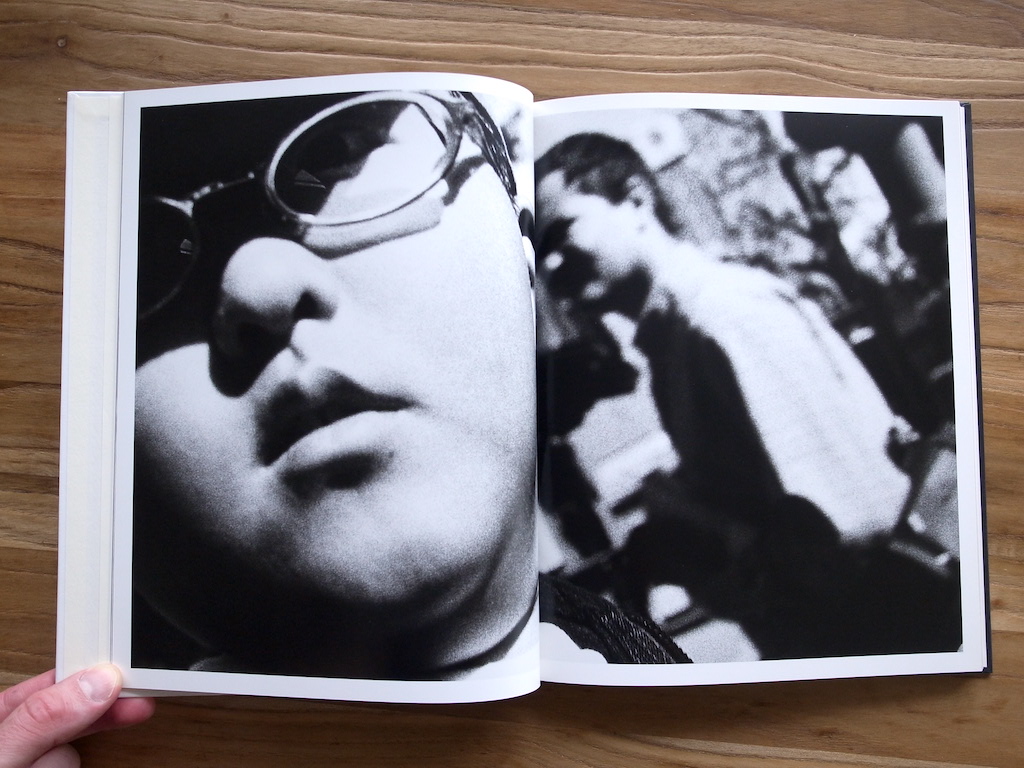
この本のテンポは、歩道を歩いているときに目が向く、注意の移り変わりの流れと呼応しています。見知らぬ人たちが通り過ぎる瞬間、走ってる子供の奇妙な影、にらみつける男たち、魅惑的な女性の半眼、壊れたサングラス。看板、猫、カラス、コンクリート。数歩先を行く歩行者の陽光に照らされた背中。山内さんは街の巨大さに取り組むのではなく、2メートルからレンズの近接撮影できる距離(クローズ・フォーカス)の間の世界を探検しているのです。
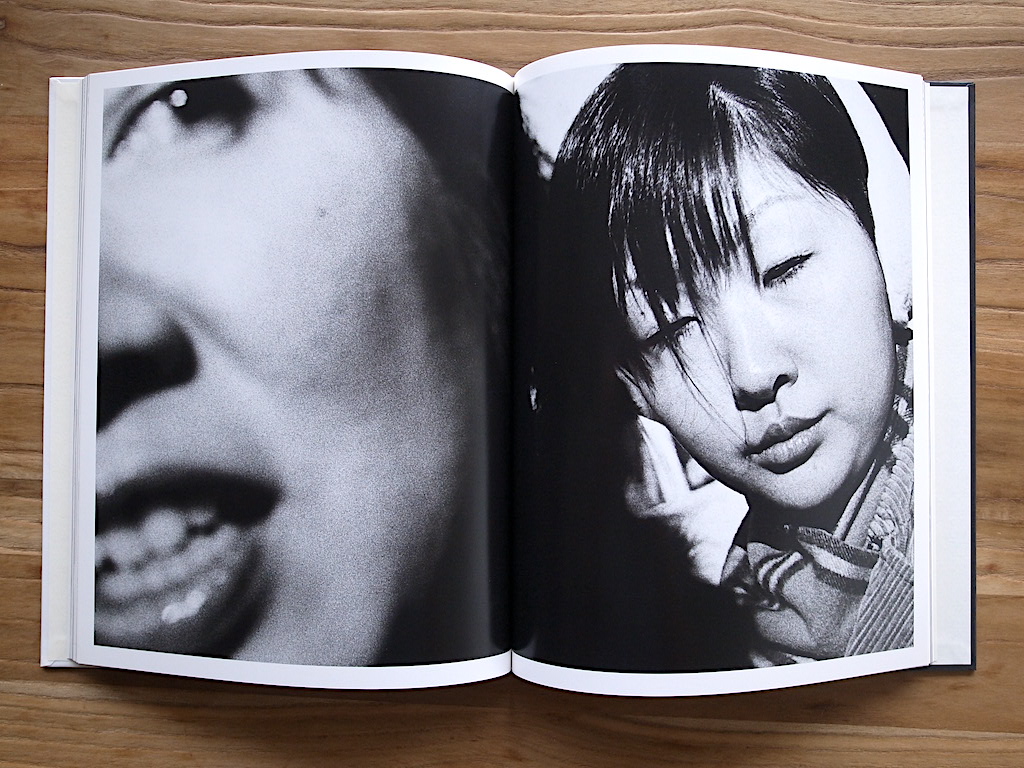
山内さんの人物写真を初めて見た人は、「どうしてあんなに被写体に寄れるのだろう」と不思議に思うでしょう。ニコンを胸や腰に当て、ノーファインダーで撮影しているのだとお思いでしょうか?実はかつて、私は彼の仕事ぶりを見る機会がありました。
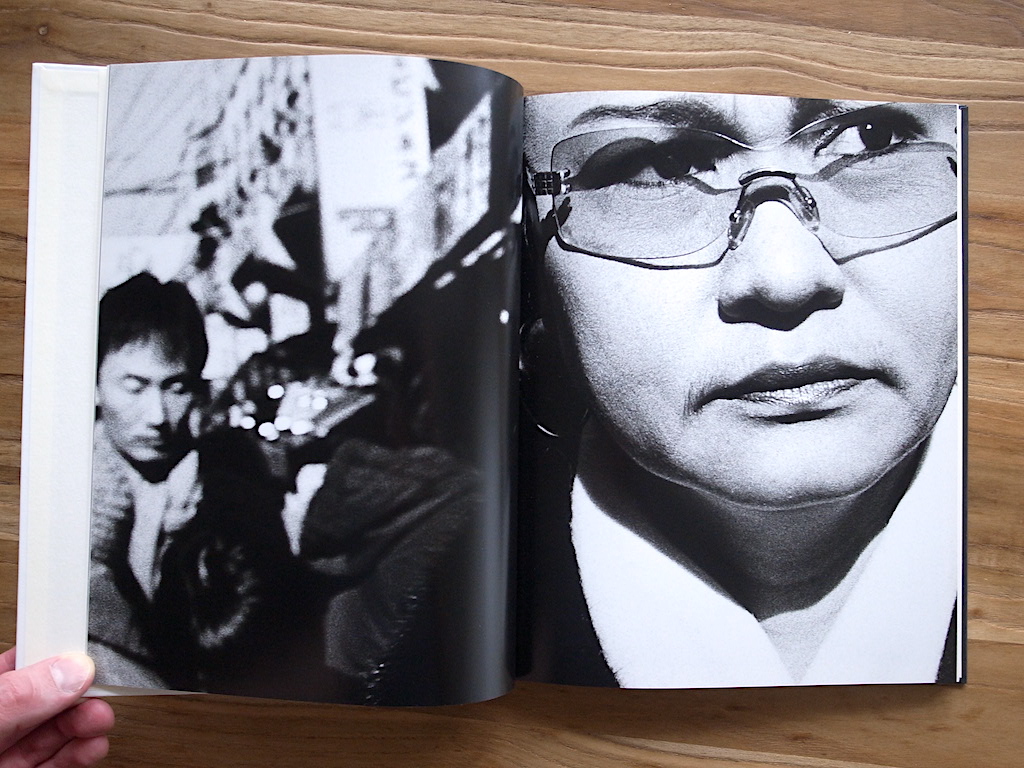
2010年、私は写真家の大西みつぐさんとある夏祭りを撮影していました。門前仲町駅近くの横丁で、紙芝居の近くに子供たちとその親たちが集まっていました。大西さんは、その日同じく写真を撮っていた山内さんに気づき、話しかけていました。二人が話している間、私は紙芝居を見ていました。ふと振り返ると、山内さんの姿がありません。どこに行ったのだろうかと人ごみを見回すと、子供たちのグループの中にしゃがみ込み、彼らの目線の高さでパチパチと写真を撮っている山内さんの姿を見つけました。親指が巻き上げレバーで動き続け、次から次へとコマが進む様子の前で子供たちは平然としているのです。親たちも同様でした。
なんと表現したらいいか…。 彼は「透明人間」という写真の神様からの才能を持っているようです。誰にも気づかれず、気にされることなく、カメラを手に渦中に入ることができるのです。何十年もの経験は別として、この能力は教えたり学んだりできるものではありません。以来、何度か街で山内さんと遭遇しましたが、彼はどこからともなく現れ、実際に写真を撮っているとは思えないほどの速さで撮影を続けているのです。カメラは彼の一部なんですね。
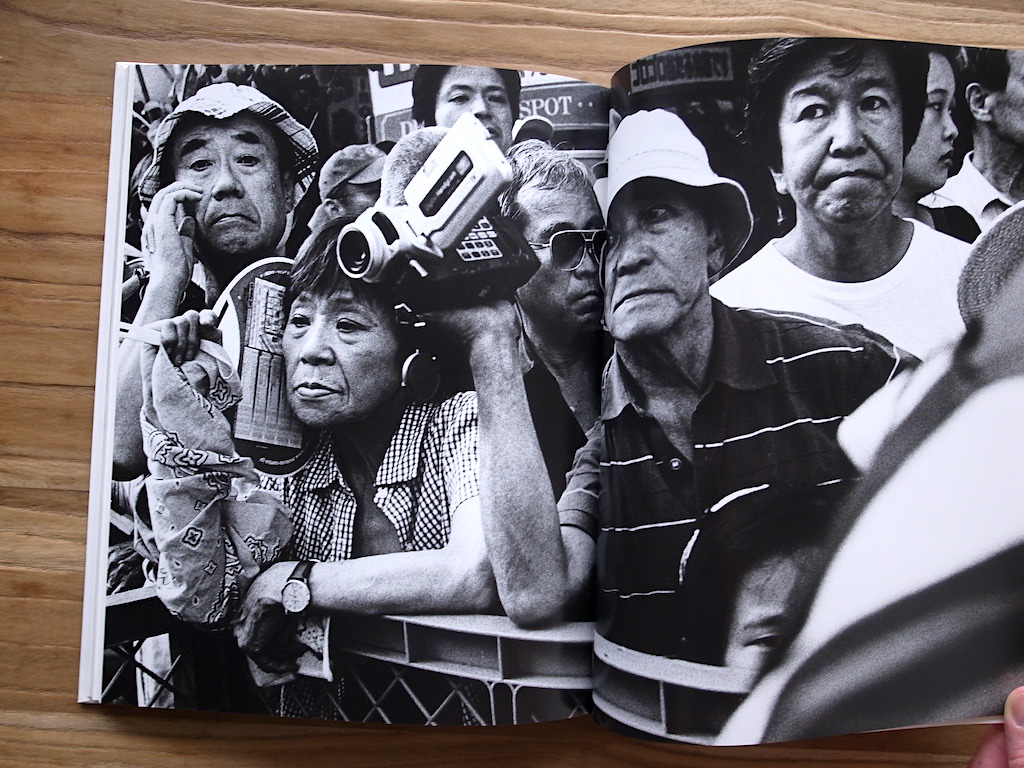
彼のカメラといえば、2010年8月のあの日、私は山内さんのニコンFM3Aをスナップしていました。現在に至るまで、持ち主の指によって革のカバーが擦り切れたカメラを見たのは、彼のカメラだけです。
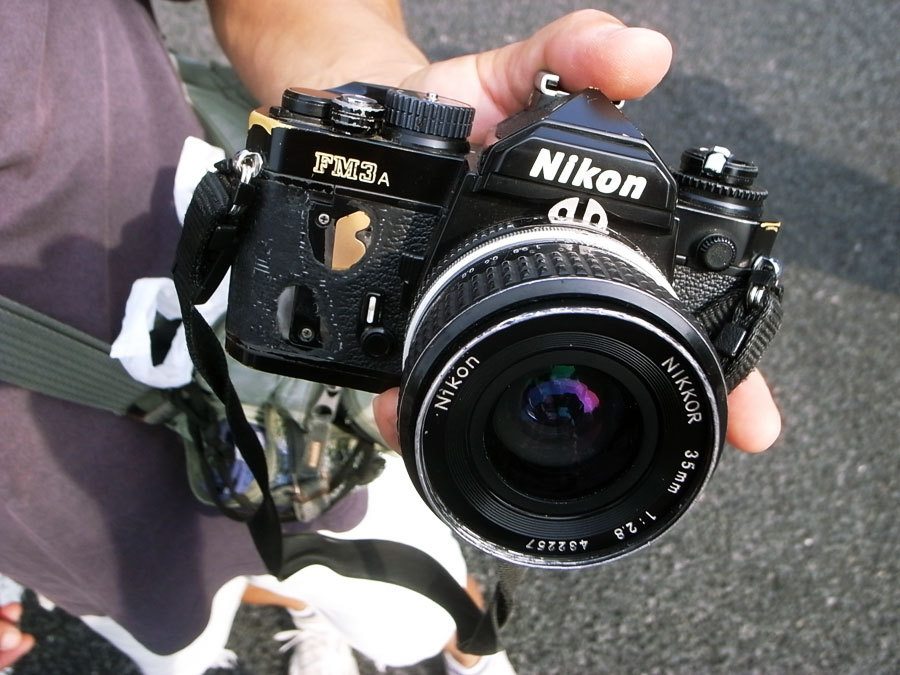
写真集『TOKYO UP CLOSE』は2008年にラットホールギャラリー(Rat Hole Gallery)から出版されました。ファッションブランドのヒステリック・グラマー(Hysteric Glamor)と提携していたRat Holeは、2006年から2020年まで、傑作写真集を生み出し続けたギャラリー兼出版社です。彼らの献身的なサポートによって東京の写真界はより豊かなものになったと思っています。
ラットホールがギャラリーを閉じ、デッドストックの写真集が倉庫から大量に引き出されたことで、東京の本屋などでは割引価格でこれらが売られていることでしょう。高品質で魅力的な写真集は値上がりする一方ですが、ラットホールの出版物は新品状態で、ギャラリーがオープンしていた頃よりもずっと安く手に入れることができます(私はこの写真集をSO BOOKSにてほぼ半額で購入しました)。
この本の装丁はA4サイズのハードカバーで、スリムでありながら十分な満足感が得られるものです。印刷も、グラデーションの写真用紙を思わせる鮮明で硬いスタイルで、山内さんの他の多くのモノクロ写真集と相性がとても良いです。

スリップケースそのものが芸術作品であり、華やかなフォントで印刷された山内さんの声明文は、ページ全体に滝のようにエンボス加工されています。その上には、一見無造作な引っかき傷のようなものがありますが、よく見ると、それぞれの線はテキストの文字の延長であることがわかるでしょう。それらは効果的に、電柱や使い古された看板に見られるような傷や摩耗と呼応しています。街そのものがそうであるように、遠くから見ると雑然としているものも、きちんと観察すれば、意味を見出すことができるのです。
エンボス加工されたテキスト全文を読むことは難しいものの、最後の4行ははっきりと、言葉が響いてきます。
I believe that 99% of them (my photographs) are pretty much equivalent to garbage.
私の写真の99%はほぼゴミに等しいと思います。
It’s the remaining 1% that intrigues me and causes me to wonder at my reaction to those instances of reality.
残りの1%こそが私の興味をそそるものであり、そんな現実に対する自分自身の反応に疑問を感じるのです。
And then another person, looking at photographs I’ve taken in response to arbitrary reactions, reacts too.
そして、私が勝手に反応して撮った写真を見て、また別の人も反応する。
Other people are able to feel my reactions—that’s even more intriguing.
他の人が私の反応を感じることができること。それはさらに興味深いことです。
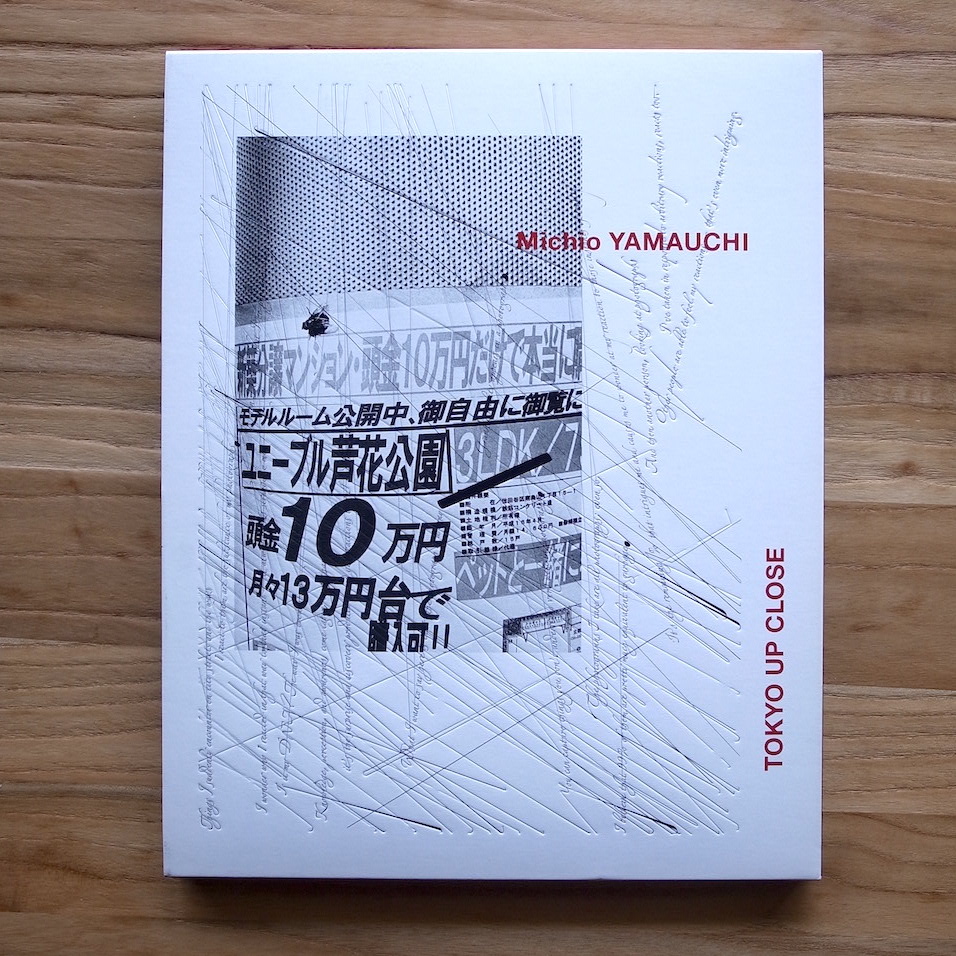
- Michio Yamauchi "TOKYO UP CLOSE"
- Published 2008 by Hysteric Glamour and Rat Hole Gallery, Tokyo
- 山内道雄『TOKYO UP CLOSE』
- Rat Hole Gallery、2008年
- 225×284mm、104ページ、ハードケース、スリップケース付き
- http://michioyamauchi.under.jp/index.html
- https://twelve-books.com/collections/rat-hole-gallery/products/tokyo-up-close-by-michio-yamauchi
 26 Duets? Duels? Near-overlaps of time and Space across Tokyo. 東京の時間と空間が重なり合う写真集ツアー
2025/04/04
26 Duets? Duels? Near-overlaps of time and Space across Tokyo. 東京の時間と空間が重なり合う写真集ツアー
2025/04/04
 25 Naoki Ishikawa "TOKYO The City Where I Was Born" 石川直樹『東京 ぼくの生まれた街』
2024/01/05
25 Naoki Ishikawa "TOKYO The City Where I Was Born" 石川直樹『東京 ぼくの生まれた街』
2024/01/05
 23 山崎茂 『浅草1974』Shigeru Yamazaki "Asakusa 1974"
2023/09/15
23 山崎茂 『浅草1974』Shigeru Yamazaki "Asakusa 1974"
2023/09/15
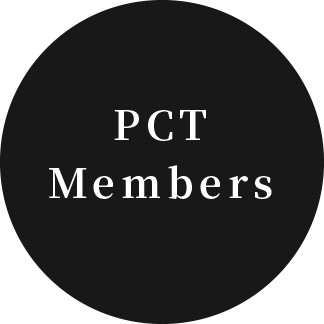
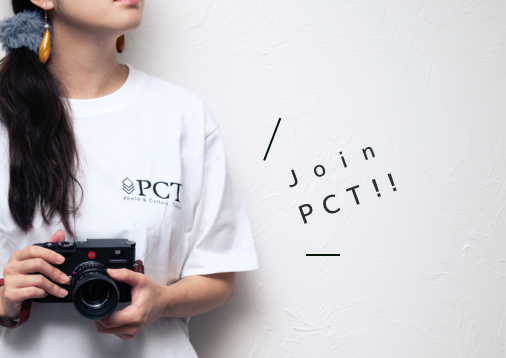
PCT Membersは、Photo & Culture, Tokyoのウェブ会員制度です。
ご登録いただくと、最新の記事更新情報・ニュースをメールマガジンでお届け、また会員限定の読者プレゼントなども実施します。
今後はさらにサービスの拡充をはかり、より魅力的でお得な内容をご提供していく予定です。
 「Photo & Culture, Tokyo」最新の更新情報や、ニュースなどをお届けメールマガジンのお届け
「Photo & Culture, Tokyo」最新の更新情報や、ニュースなどをお届けメールマガジンのお届け 書籍、写真グッズなど会員限定の読者プレゼントを実施会員限定プレゼント
書籍、写真グッズなど会員限定の読者プレゼントを実施会員限定プレゼント